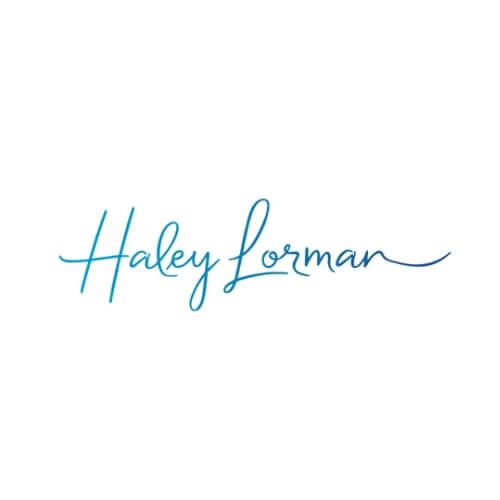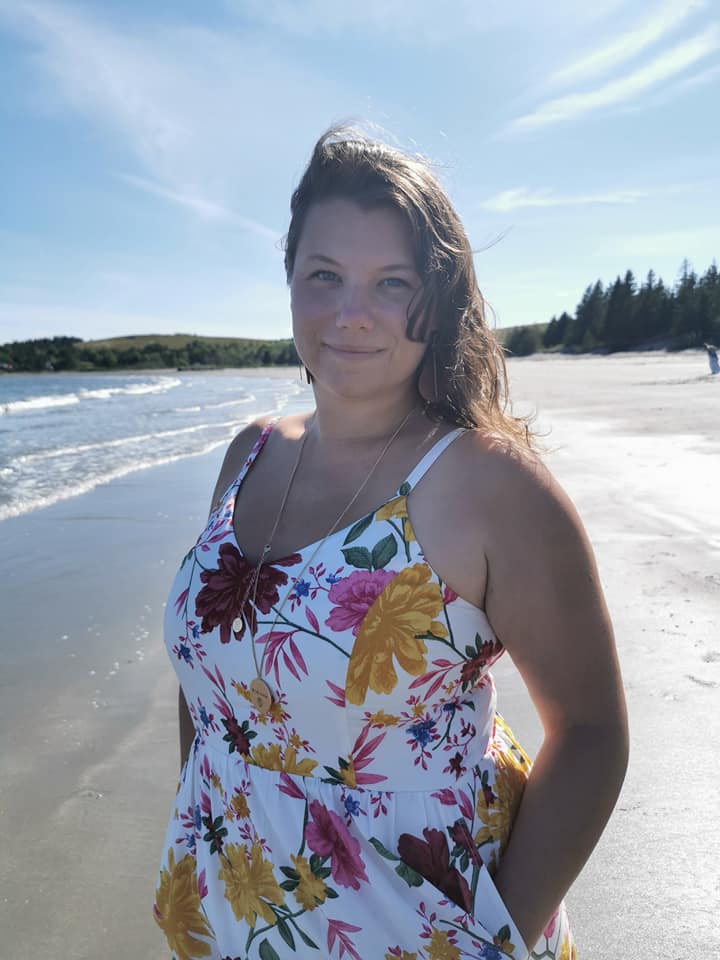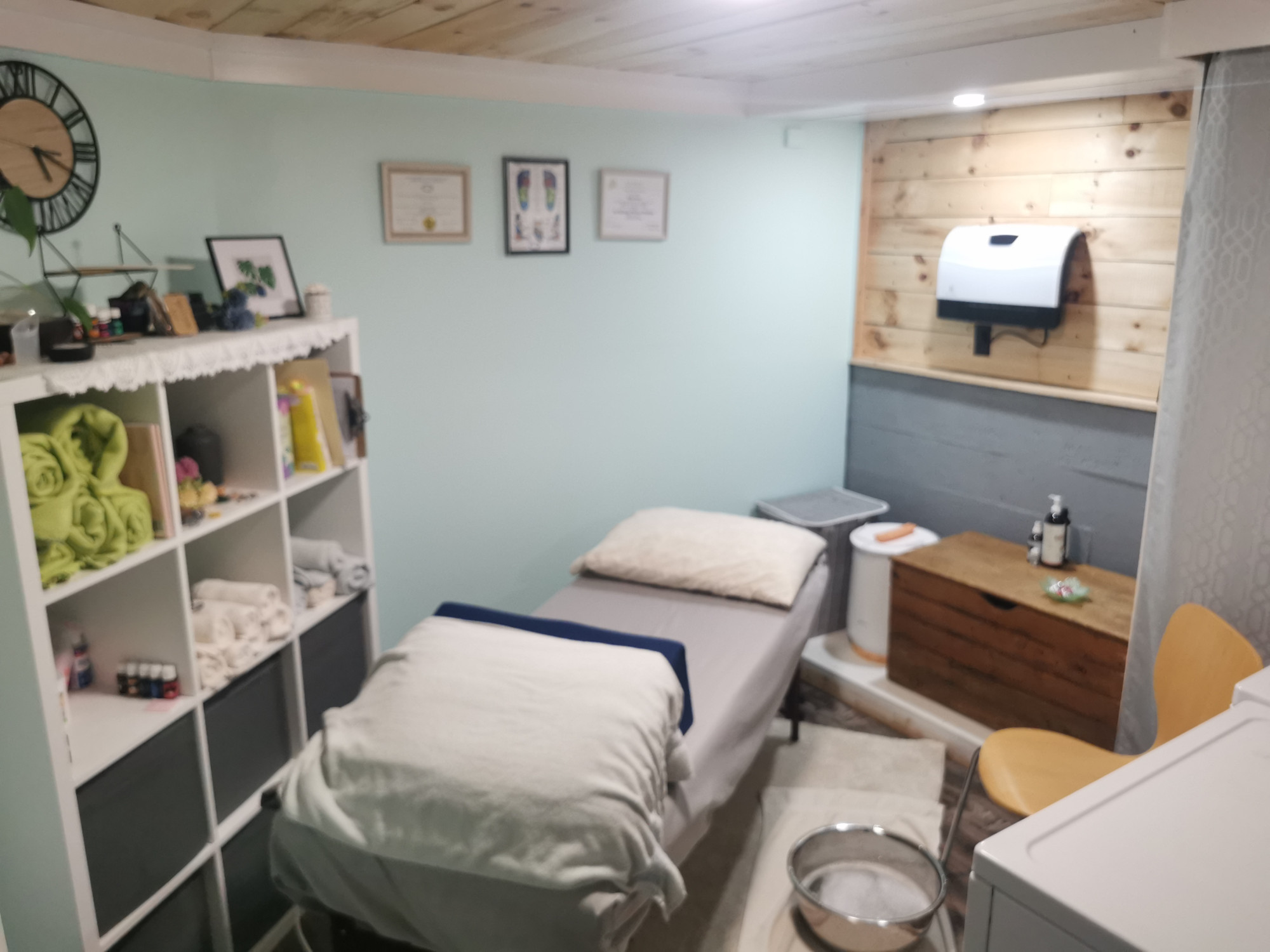 Find out what happens at your reflexology appointment
Find out what happens at your reflexology appointment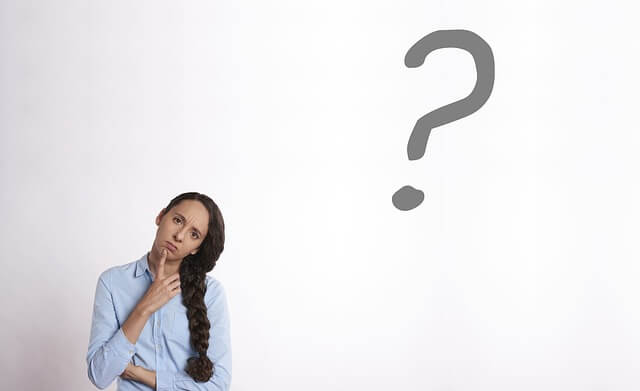
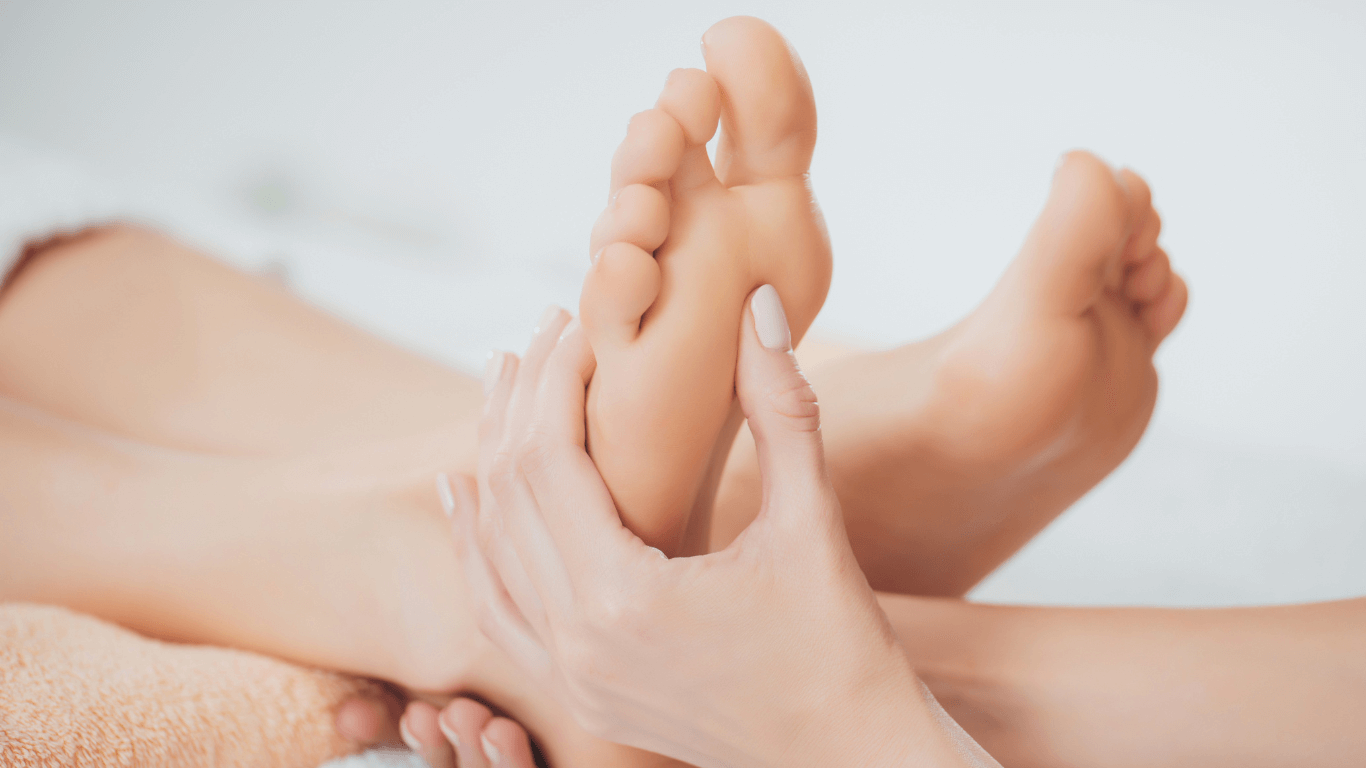
 It's not just a foot massage!
It's not just a foot massage! The present day concept of reflexology was born in the early 1930s by a physician named Eunice Ingham who utilized zone therapy to map out foot reflexes.
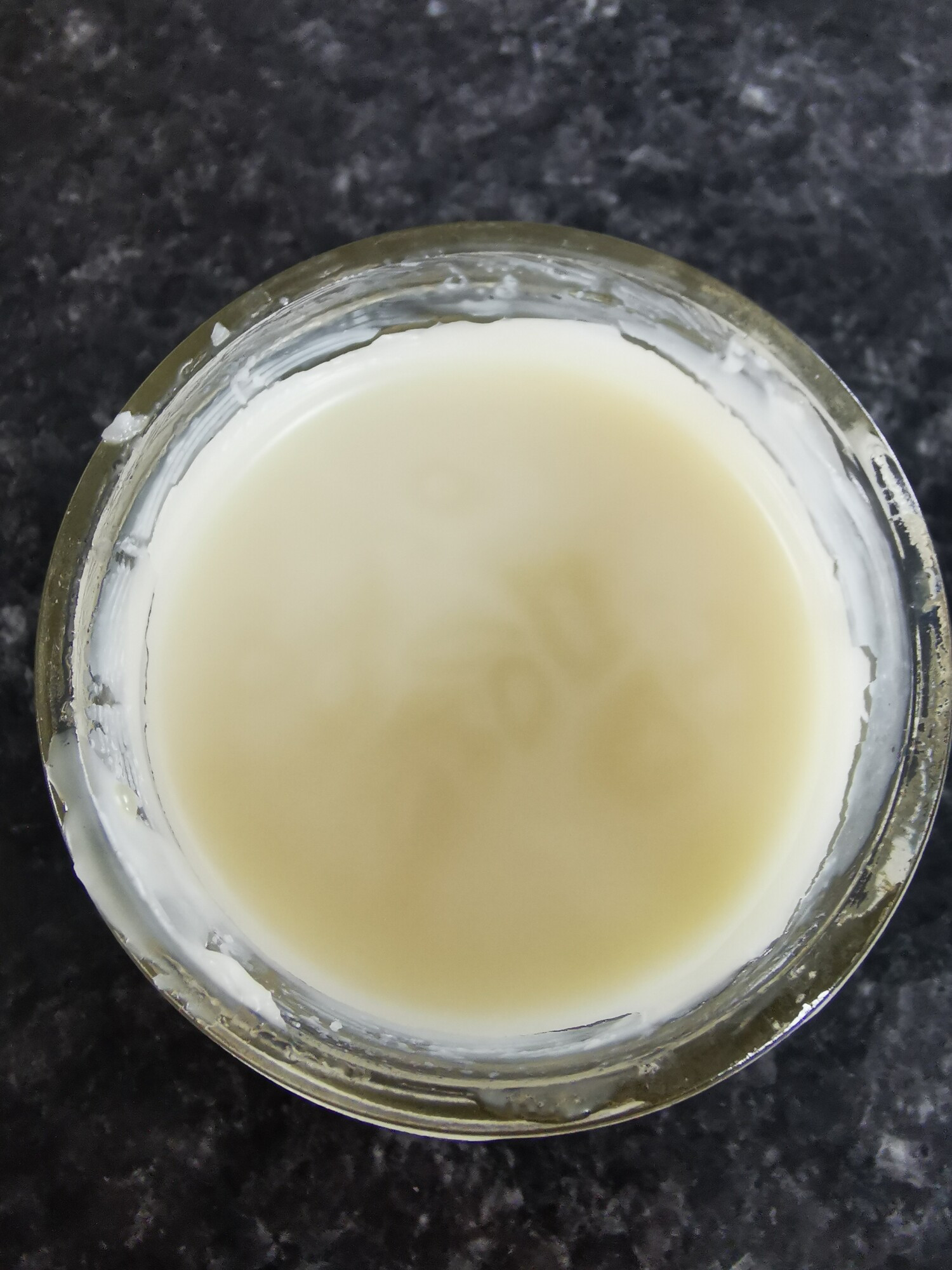
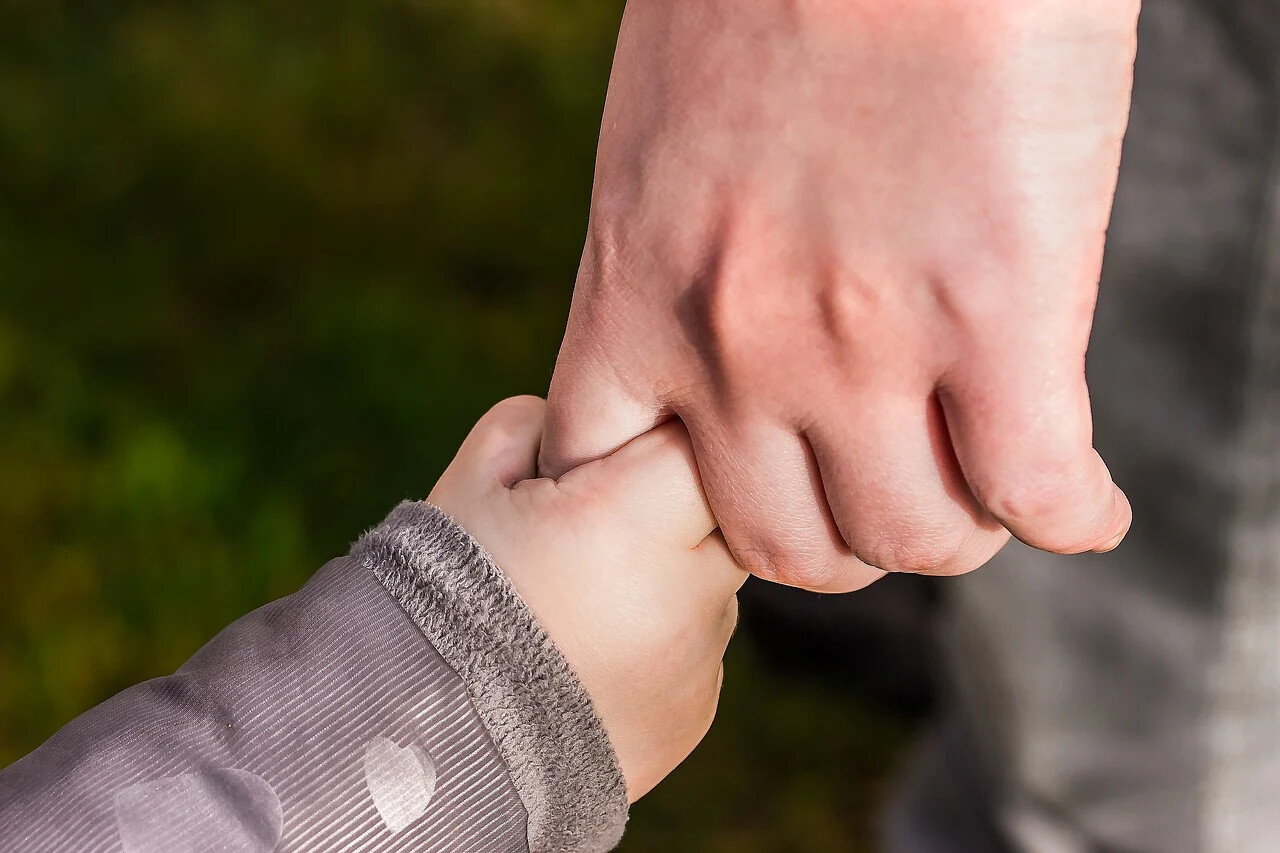
I can vividly remember moments as a child that I was having a tantrum or acting out over something. I can remember sitting on the sofa crying and just wanting someone to ask me if things were ok. To assure me that it was safe to talk to them if needed.
I had multiple siblings and parents who would laugh as I yelled, screamed, cried and swore because I was so upset. They called me "Helly" anytime I would have a tantrum.
All I needed was for someone to talk and listen to what was going on.
Times were different then. I think every generation has their experience with trauma and how they were raised.
My parents would have experienced physical discipline. By hand or belt. That was the social norm then, even teachers would use that way of “teaching” right from wrong.
Then my generation where you typically experienced a lot of yelling, blame and shame which ultimately set you up in an environment to lie, close off and not feel comfortable to talk it out.
Growing up feeling really shitty about the emotions you were experiencing, that it was important to “tuffin up” which ultimately left you feeling worse about having emotions and what you were thinking.
How can kids do better in that environment? How can kids learn and grow from the emotions and feelings they are experiencing?
Being a mom to two girls can be challenging. The attitudes, the emotions, the lack of listening...but my heart wanted so badly to be a positive influence and role model in my girls lives. I wanted them to experience positive parenting, to know that I was and am a safe place for them. I wanted to break the cycle for them.
BUT things started to take a turn...for the worse.
I was becoming a mom I didn't recognize....I found myself experiencing mom rage more often than I wanted to admit.
I was finding myself going to bed sad or crying because of the yelling match I just had with my 6 year old. I was feeling extreme guilt over every little outrage that would happen.
Bedtime was a nightmare. Often someone in tears.
I was feeling at an all time low with my parenting strategies. My heart knew that a shift had to happen.
I knew that the things I was doing (yelling, stomping off in frustration, playing the blame and shame game with my kids) needed to end. I knew positive parenting techniques were top priority and in order to break the cycle it had to start by me learning to change what I knew as parenting strategies.
That's when I reached out on my social media and asked other mommas for some suggestions. Books, podcasts, groups..you name it, they recommended it to me. Something I’ve been beyond thankful for.
I bought a few of the recommended books and followed some of the pages or groups and the wealth of information that is out there is truly amazing.
So here I am, on this new journey of breaking the cycle. Committing to continue to educate myself on ways I can positively raise my children to be kind, smart, independent and strong women in this world. Who will stand up for the things they believe in, to not feel guilt over the emotions they are experiencing and to know that good and positivity trumps fear and negativity.
Knowledge is power and when we come together to share the resources we have and the things we know, only good can come from that.
I am so excited to lead a Positive Parenting book club over in my online community. Where we meet once a week to chat about current books we are reading to increase our knowledge on positive parenting strategies and implement them into our own lives. Thus making a major shift on the future generations.
